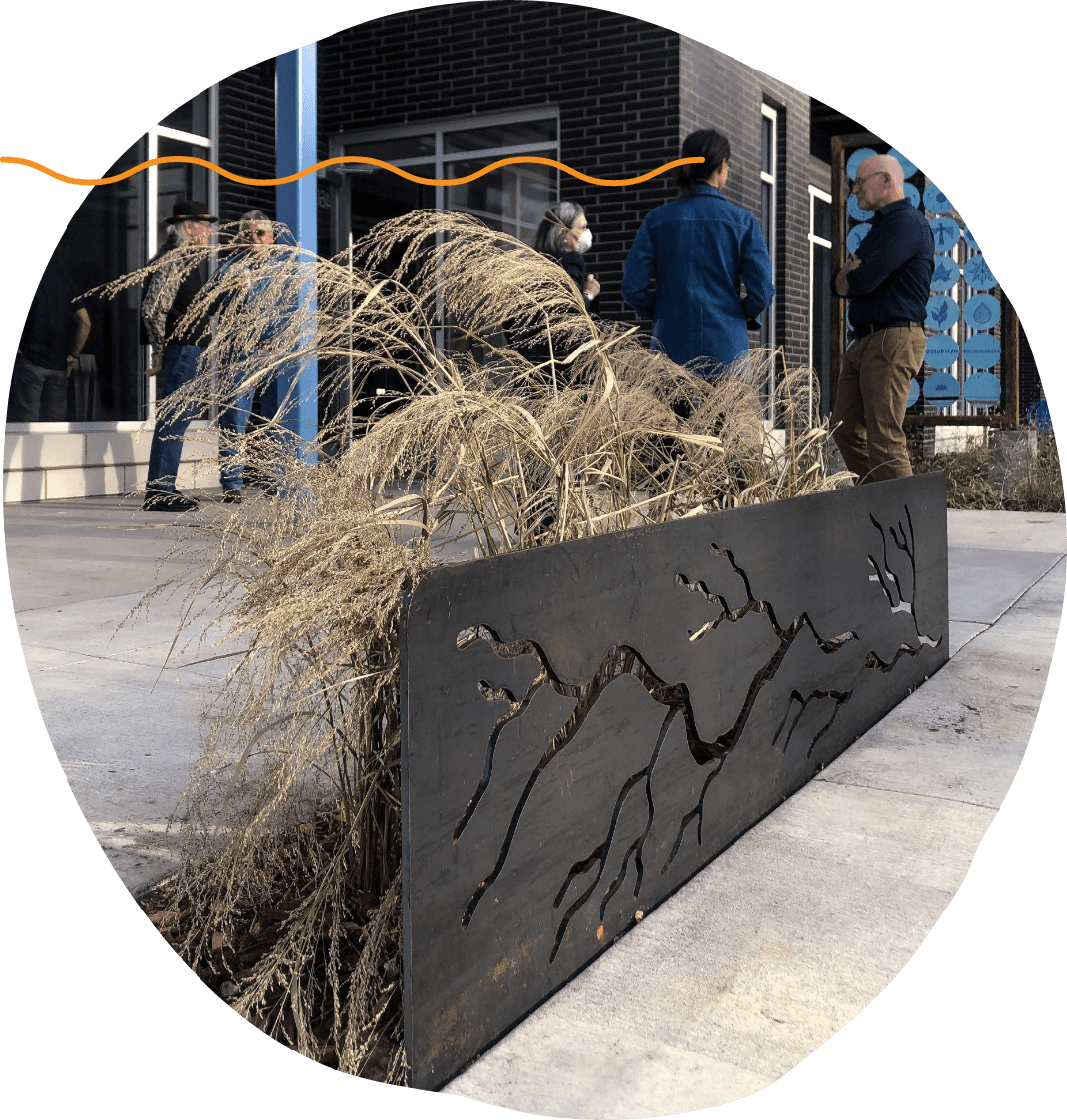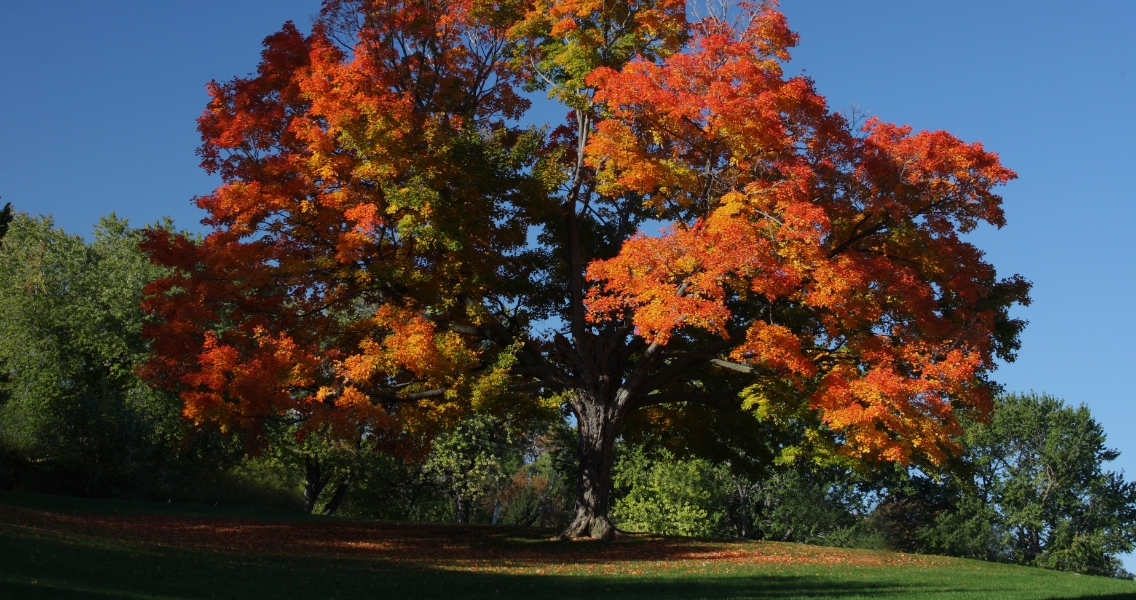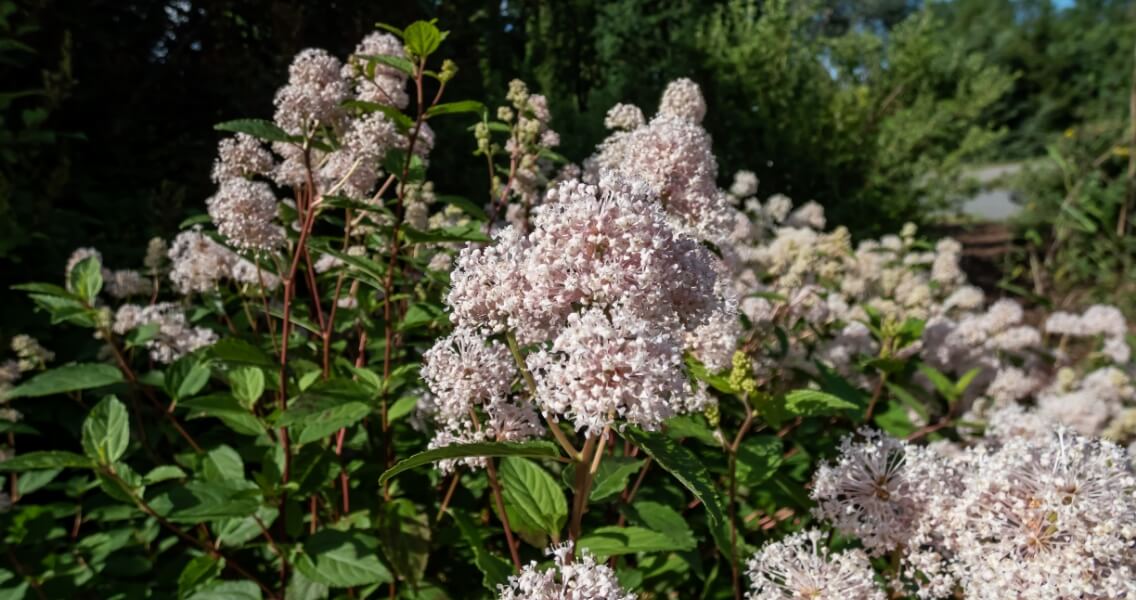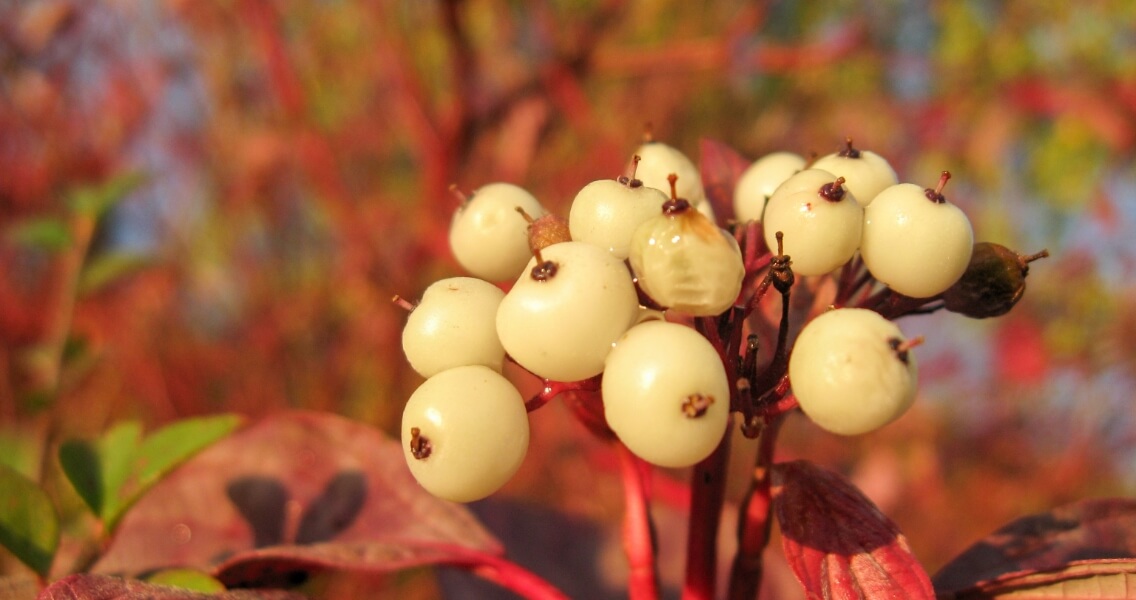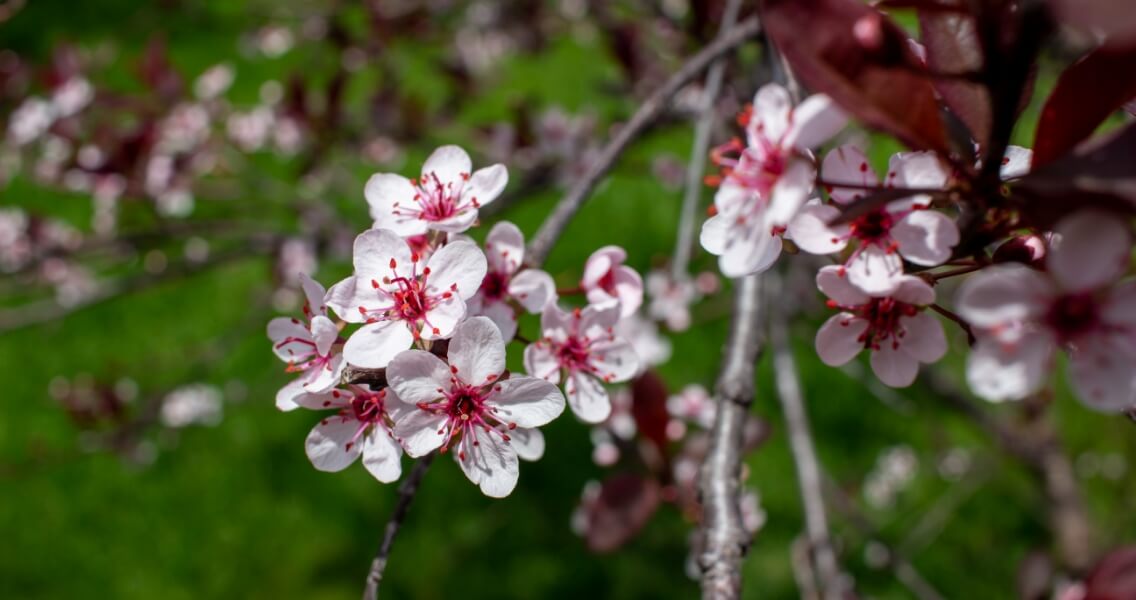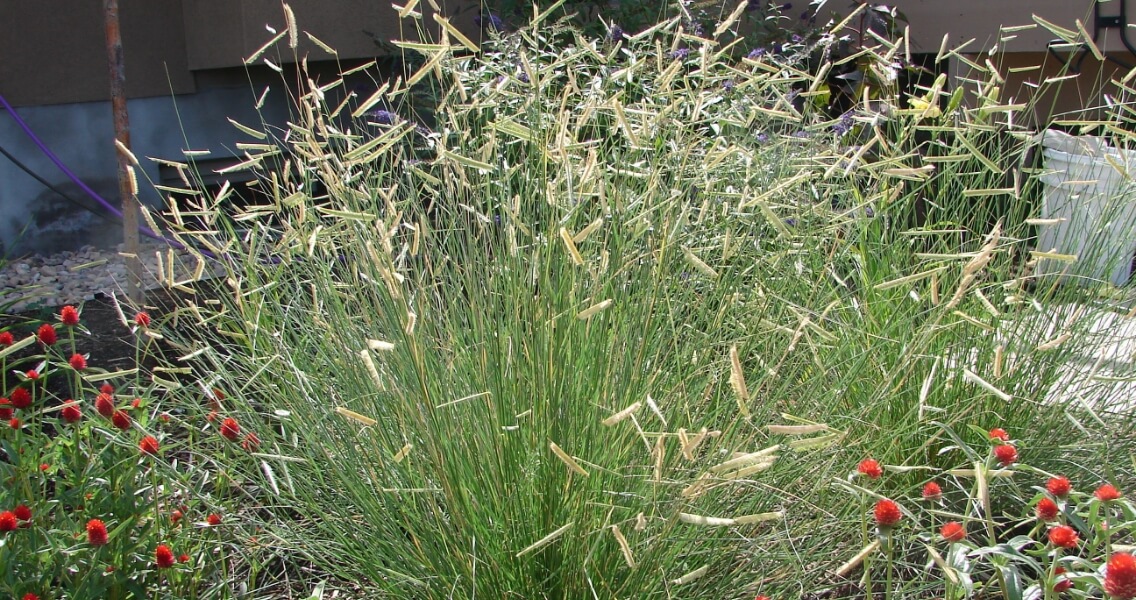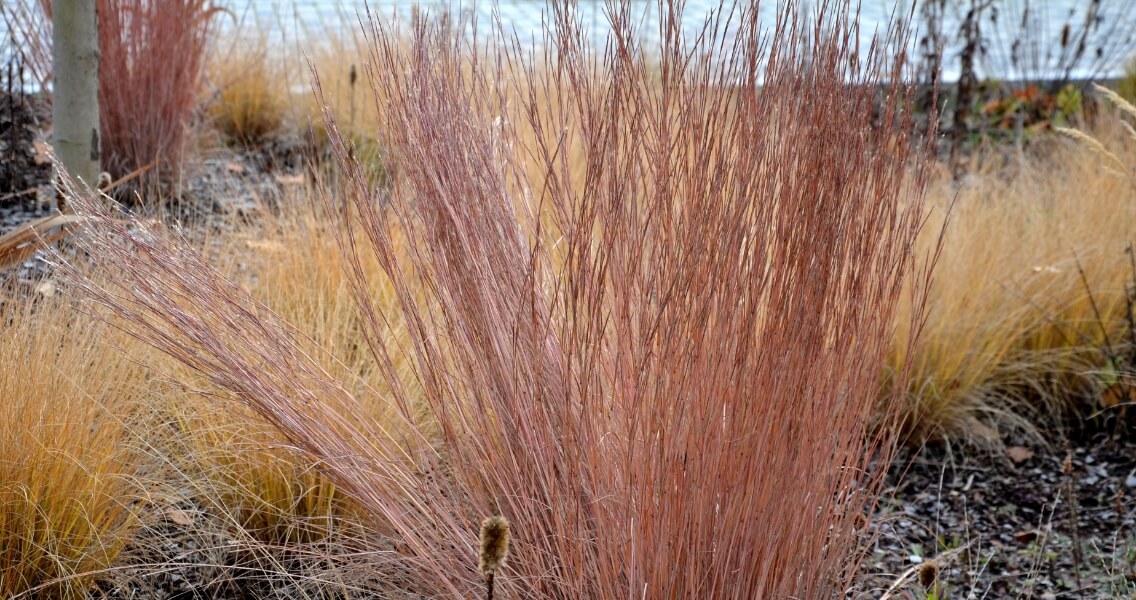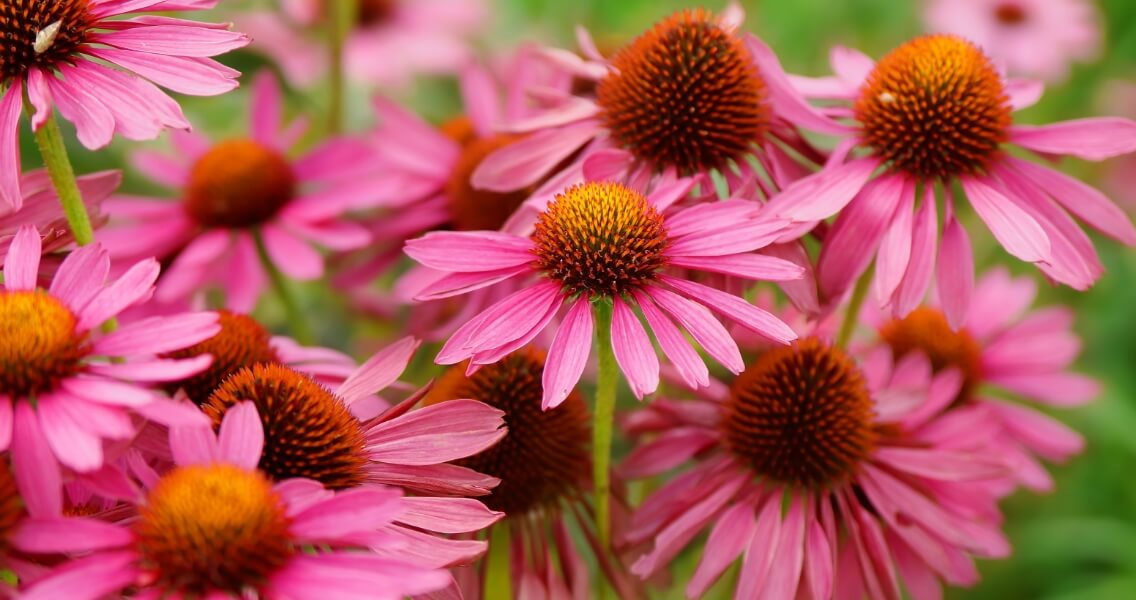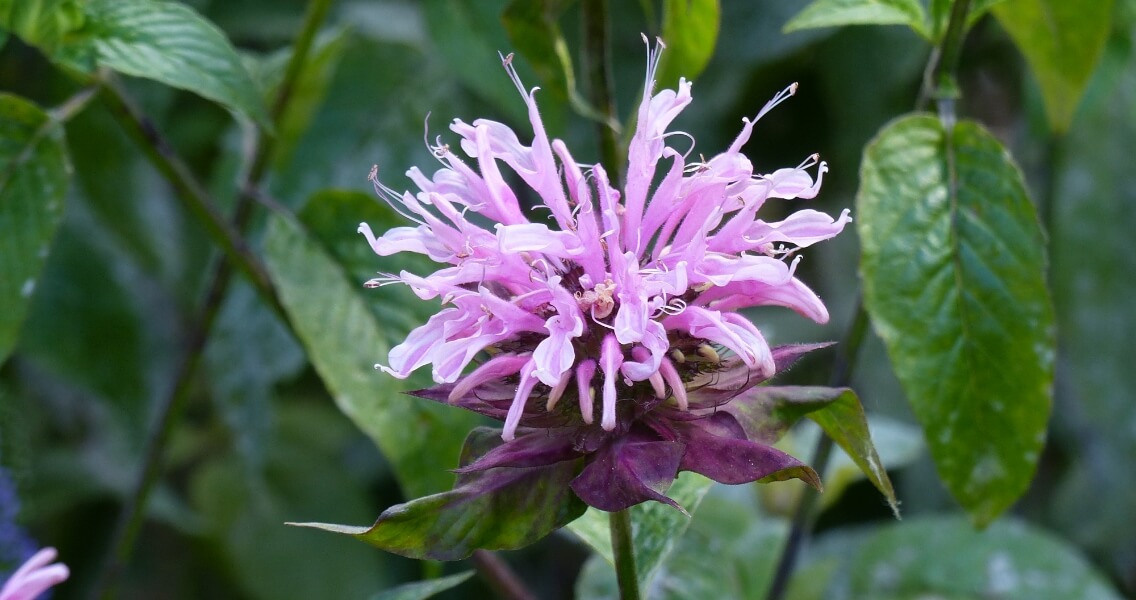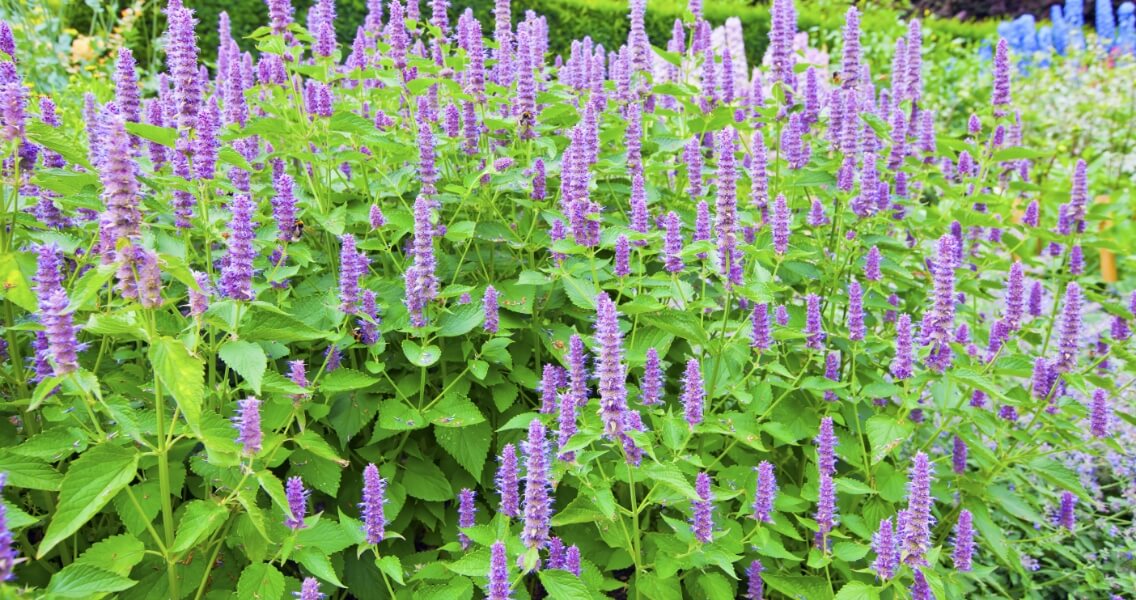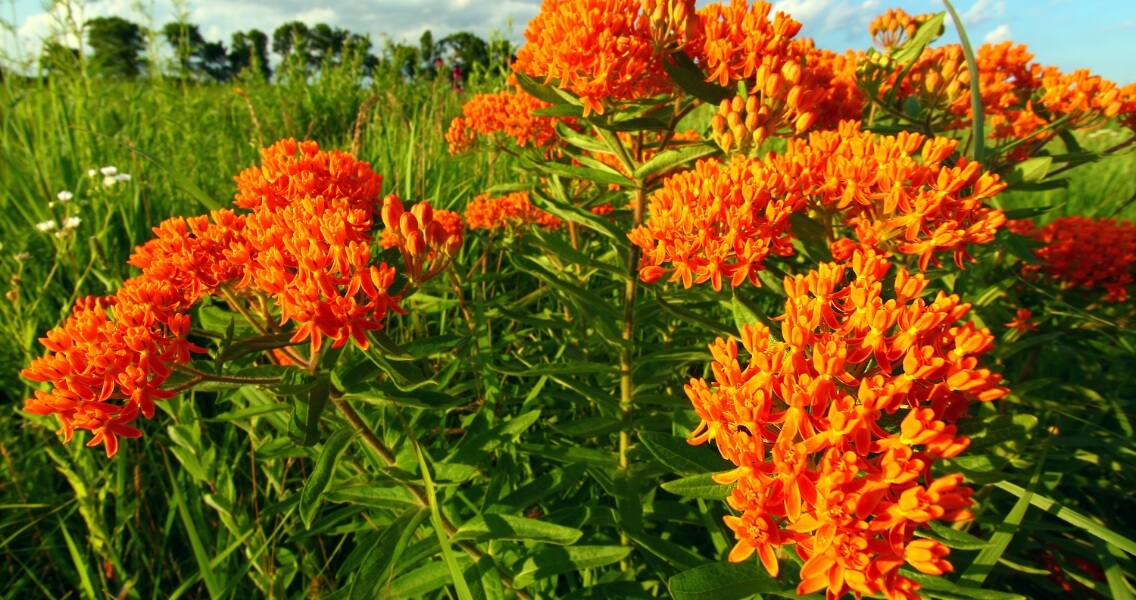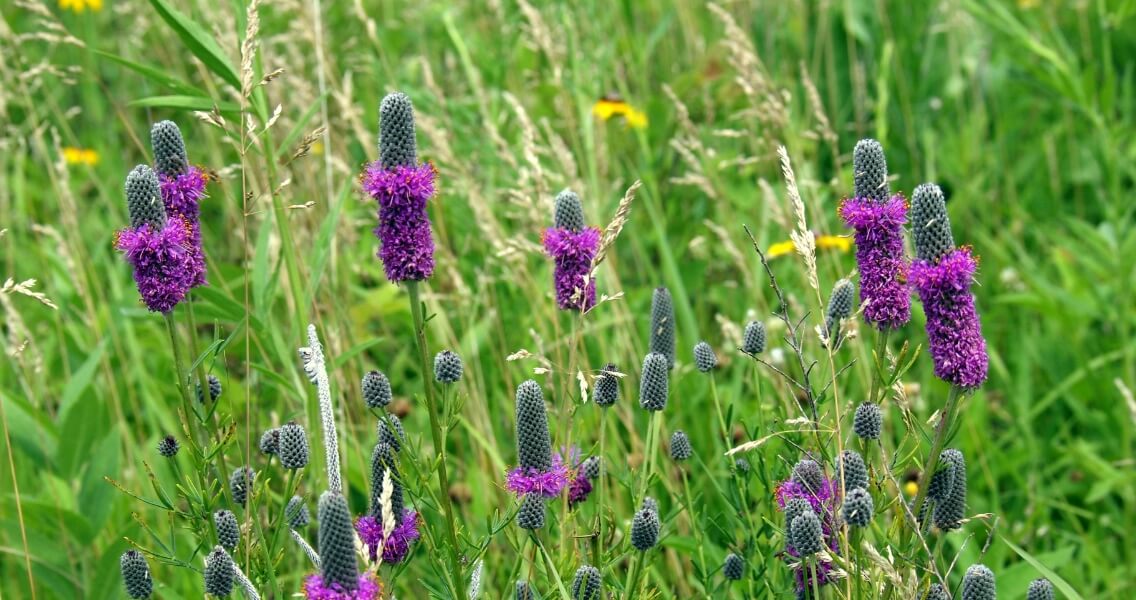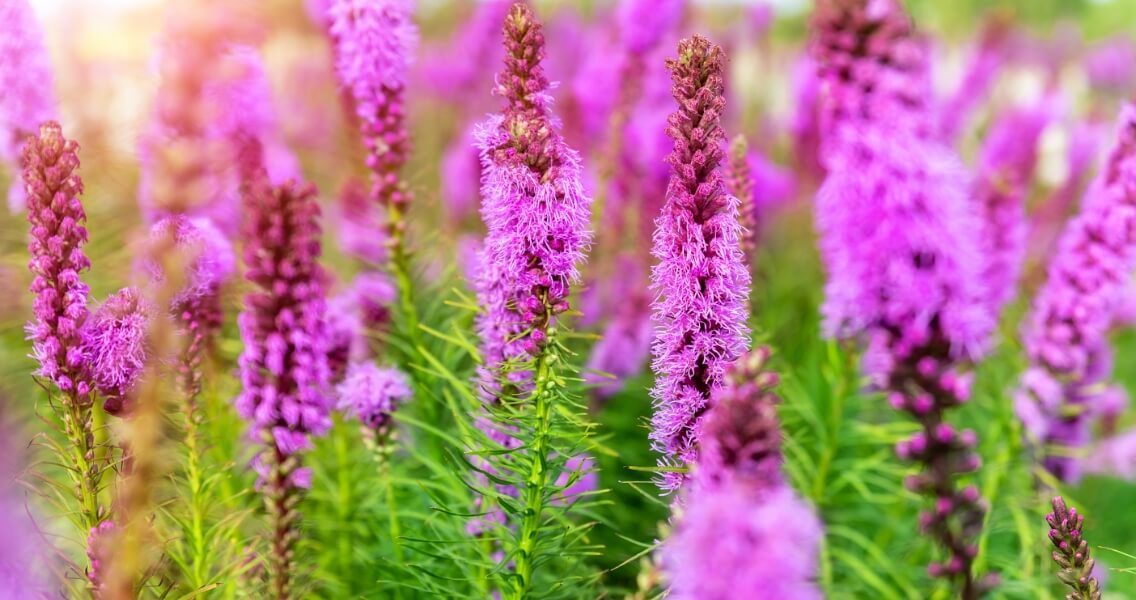Creating a Positive Impact
We believe Wakpada is a compelling example of how sustainable design can be attractive, functional, and affordable. Some of the sustainability efforts you’ll find at Wakpada include:
- Proximity to the light rail, bus lines and bike paths with ample bike racks for both residents and the public.
- A native landscape, friendly to pollinators, that flourishes with minimal water and maintenance.
- A green roof that reduces heating and cooling costs.
- Electric vehicle charging stations.
- Energy efficient heating and cooling systems in all units.
- A donation to the National Forest Foundation resulting in the planting of approximately 1,000 new trees to help offset the amount of lumber required in the construction phase of Wakpada.

